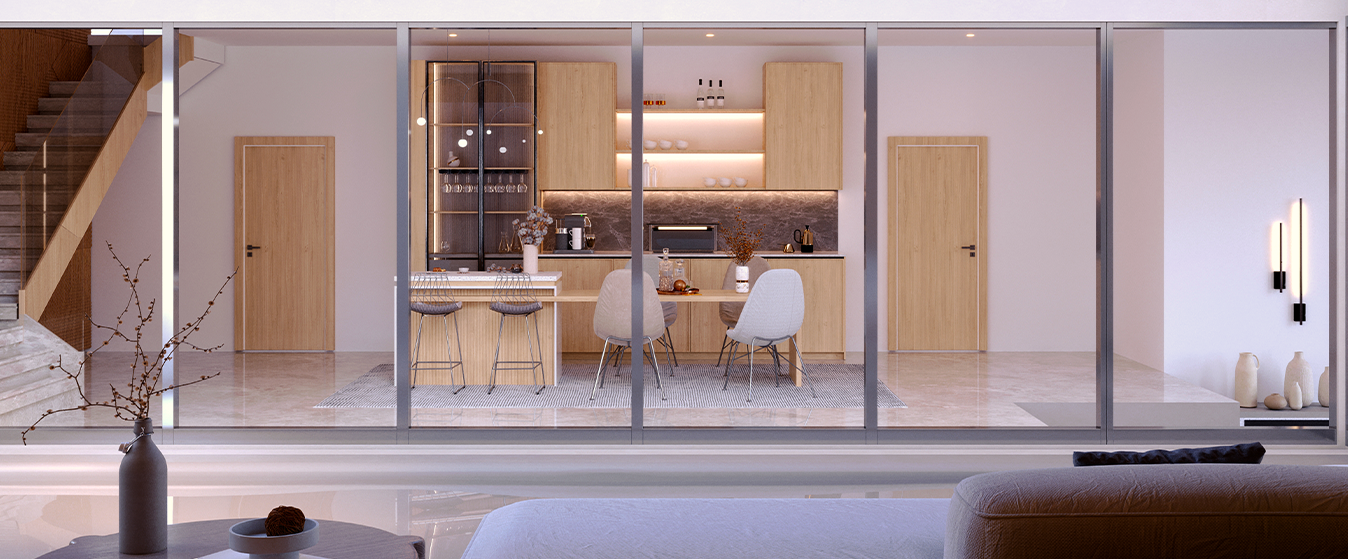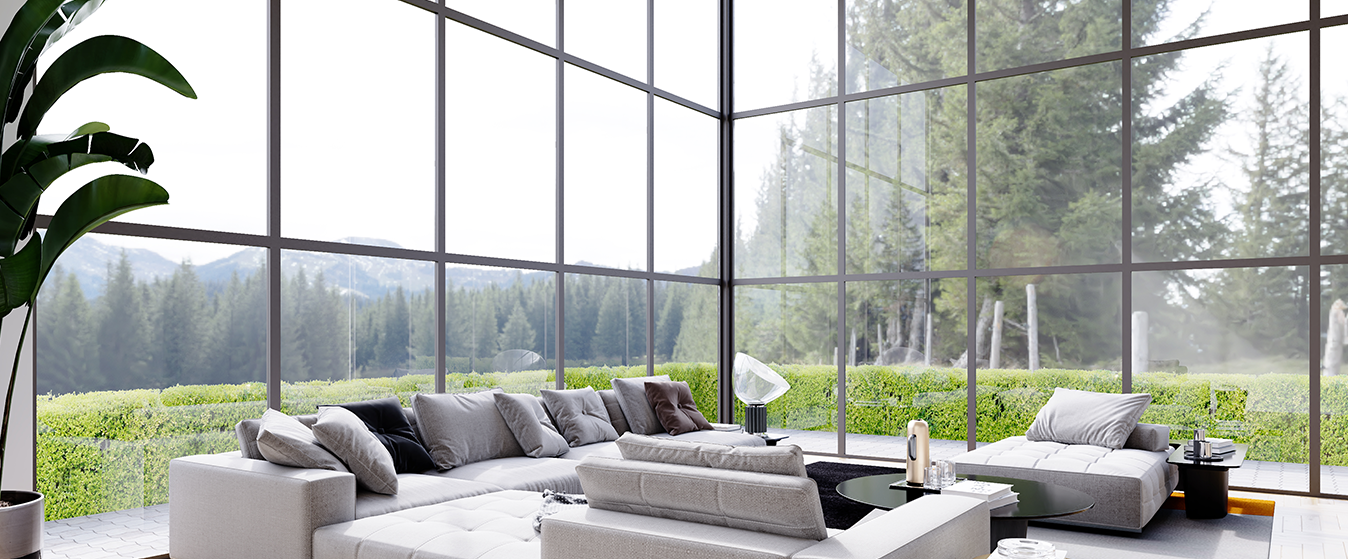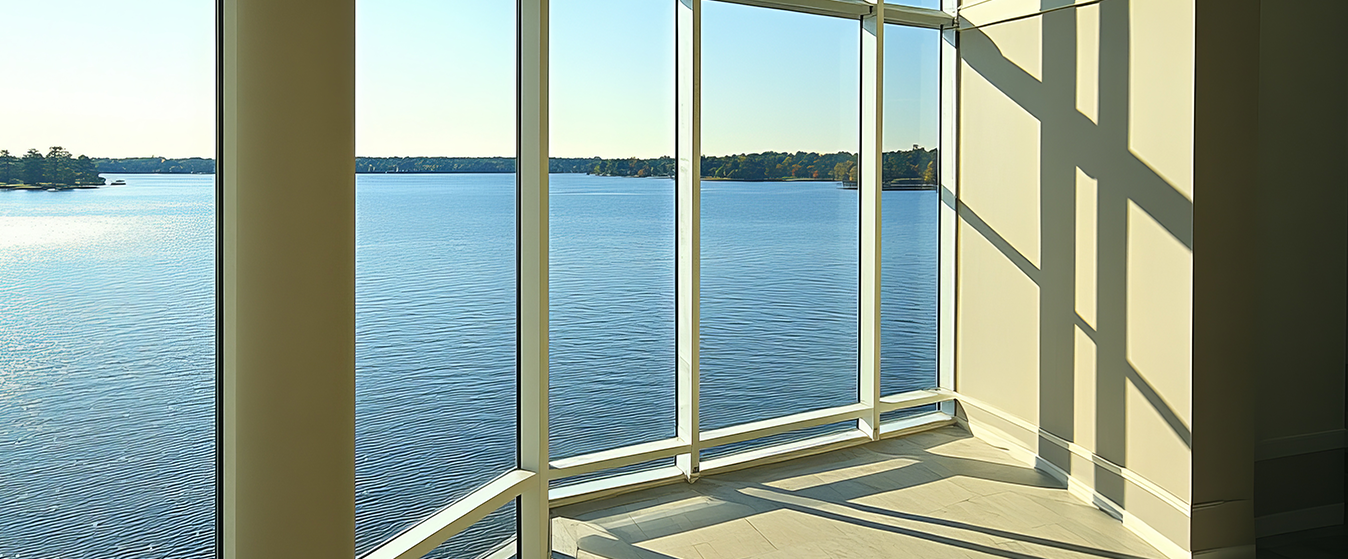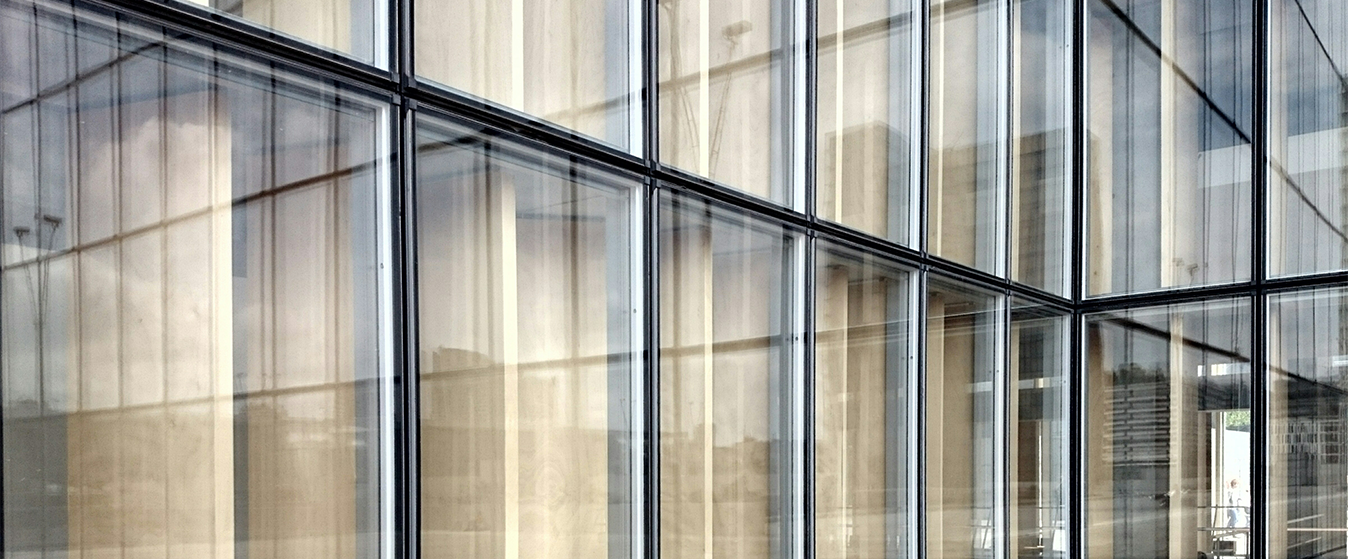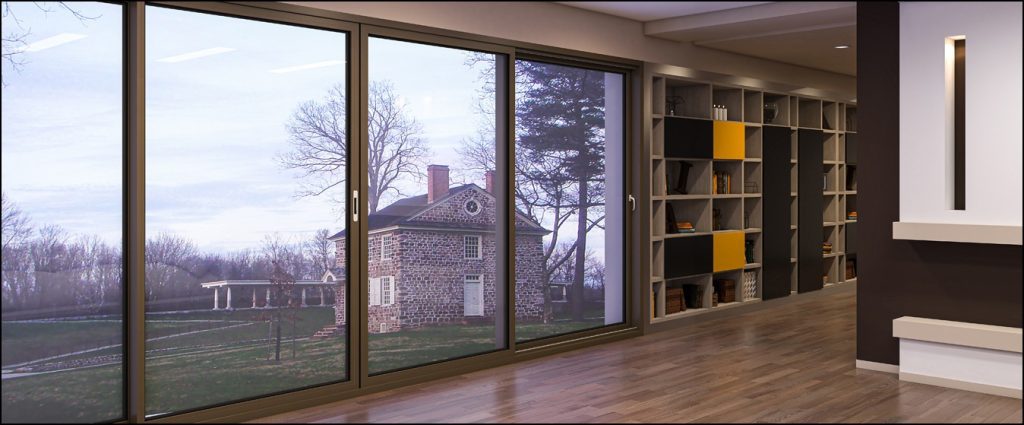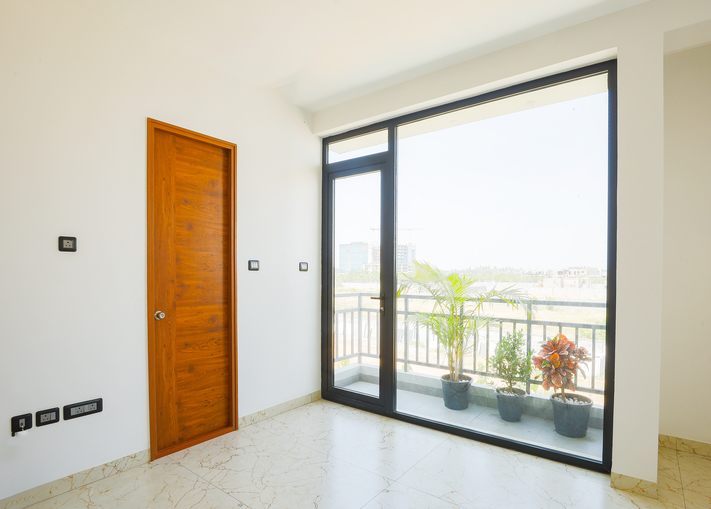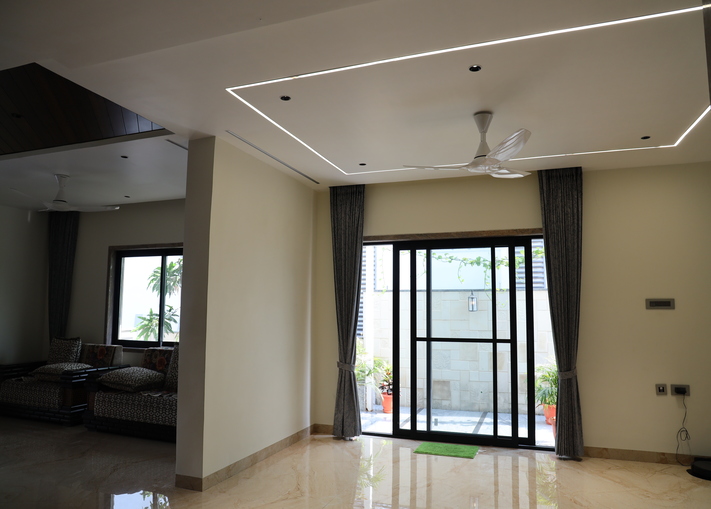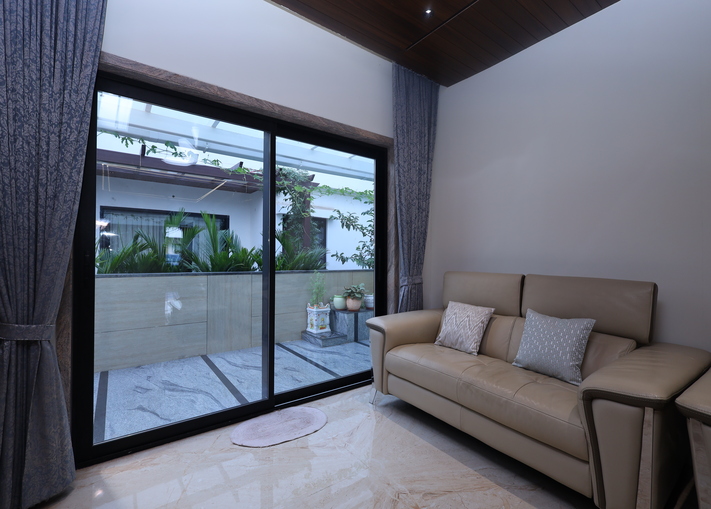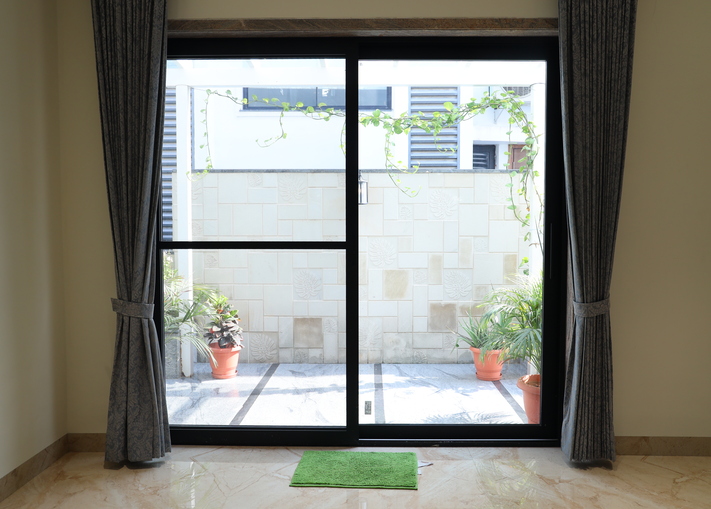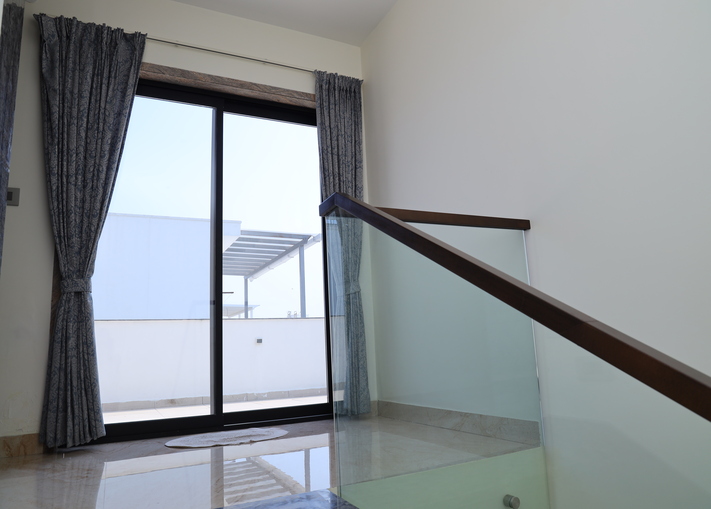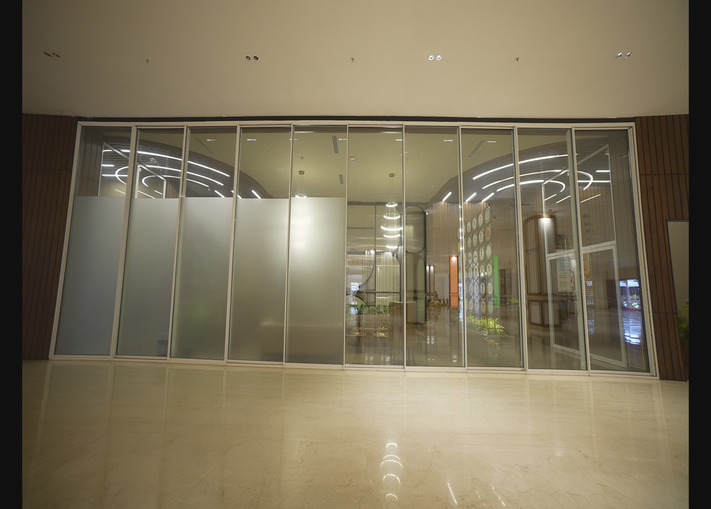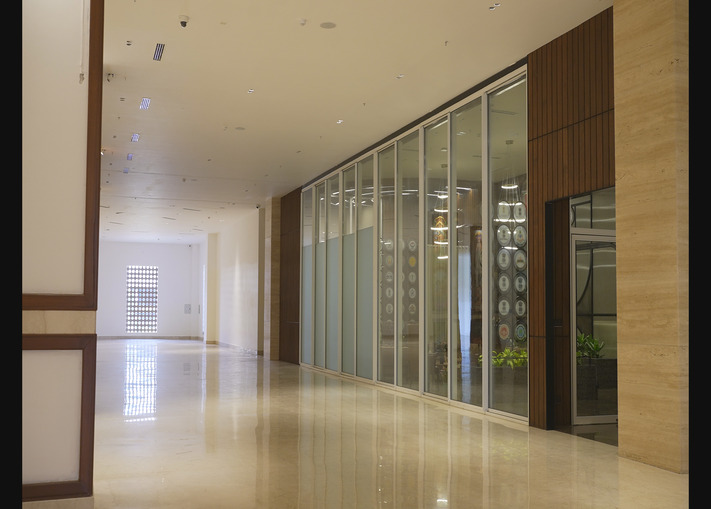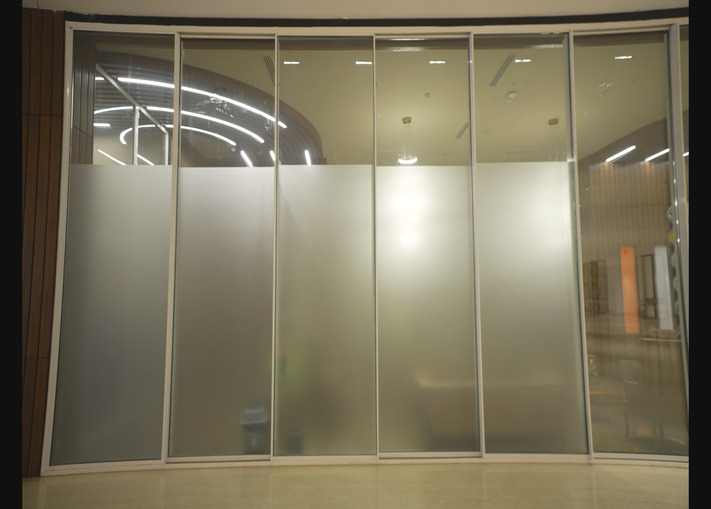Comparing UPVC, wooden, and aluminium doors: Which is the best choice?
July 7, 2023
One of the first decisions to be made when selecting a new or replacement door is the material that has to be chosen. Out of the several door materials available today, determining the better one among uPVC, aluminium and wood has become a really tough decision for consumers. All three have various sets of benefits that one needs to take into account. In the end, it comes down to your preferences and price range. Let’s compare the benefits and drawbacks of utilising uPVC, wood, and aluminium to help you make an informed choice when deciding between them for your doors, whether they are wooden or aluminium.
UPVC Doors
One of the preferred materials for doors in the Indian construction sector, uPVC has quickly become a strong favourite. Today, uPVC is frequently chosen as the standard option since it not only looks excellent but also performs well as a thermal insulator and is quite simple to maintain. Furthermore, uPVC has excellent energy ratings, which is a plus given the increased emphasis on energy-efficient performance in houses and buildings. No wonder, many homeowners around the nation prefer to use it.
Advantages
-Due to its superior insulating qualities, uPVC has a high energy efficiency
-uPVC is less expensive than aluminium or wood.
-There are many appealing designs for uPVC doors.
-uPVC requires no maintenance and is resistant to corrosion and rust.
Disadvantages
-The weakest of the three options, uPVC doors require a stronger and thicker frame. Furthermore, the frames could deteriorate over many years.
-Typically only available in white, uPVC doors must be painted in order to be customised, which raises the cost.
Wooden Doors
With their ideal balance of functionality and style, wooden doors are a timeless addition to any home. Wooden doors combine traditional charm with warmth and beauty in a simple, elegant, and polished design that is sure to give your den a touch of elegance. However, of the three, wooden doors are by far the most expensive and require regular maintenance.
-Advantages
-Wooden doors are aesthetically pleasant and quite attractive.
-Wood is a very effective heat insulator by nature.
-They are energy-efficient
-Wooden doors come in a range of finishes and can be customised.
-Windows made of wood do not rust or deteriorate over time.
-Disadvantages
-Wooden doors require routine upkeep, including frequent painting and polishing
-Wood costs more than aluminium, particularly after glazing and painting -Wooden doors are inflammable..
-Heat does not transmit well through the wood.
Aluminium
Aluminium is the most popular choice for doors and serves well for both commercial as well as domestic purposes. More and more homeowners are selecting aluminium door frames and designs to upgrade their homes because of their modern appearance and clean form. Additionally, they come in a variety of colours and sizes and are made to last the test of time.
Advantages
-Aluminium requires the least maintenance of the three and is the most durable one.
–Aluminium doors come in an number of bespoke colours and are customizable.
-Powder-coated or anodized aluminium won’t rust or change colour easily.
Disadvantages
-Aluminium is not as insulating because it is the best heat conductor. They depend on the glazing option you choose.
-Compared to uPVC, aluminium is significantly more expensive to manufacture.



